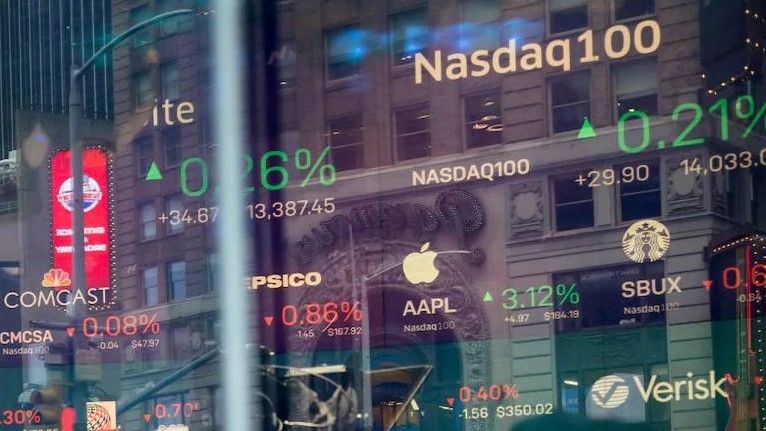FXOpen

It was inevitable that a large, previously highly capitalised bank which is one of the preferred depositories of capital for venture capital-funded technology companies in the Silicon Valley and San Francisco Bay area, would create major waves within the wider financial markets economy if it collapsed.
Well, collapse it has, and the fallout is immense.
Silicon Valley Bank, which was founded 39 years ago at the height of the global technology revolution, has gone under, with losses estimated at over $15 billion, and now the fingers of blame are being pointed as the bank's collapse serves to echo the banking crisis of 2008/2009 after which many observers and government regulators cited lack of prudent governance, carefree risk management and lending to those who cannot afford repayments to have been factors.
So grave was it, that the US and European governments embarked on a whole new set of regulations in order to prevent financial institutions from engaging in gung-ho corporate policy and in favour of protecting the public and business community from being subjected to losses should banks fail.
However, here we are in 2023 and we are witnessing the second largest collapse of a bank in the history of the United States economy.
Once again, factors contributing to the collapse of Silicon Valley Bank include poor risk management and a bank run driven by tech industry investors.
The failure of SVB was the largest of any bank since the 2007–2008 financial crisis by assets, and the second largest in U.S. history behind that of Washington Mutual which went bankrupt in 2008.
Many high tech firms which had raised venture capital to fund their growth had deposited the venture capital in large sums into accounts at Silicon Valley Bank, and the bank had experienced such an influx of funds in the first part of this decade that it was unable to lend responsibly so took on government bonds, which were long term in their investment structure, and had done so during a period of low interest rates.
Now the piper has to be paid, and the liabilities were too high.
As a result, shareholder confidence in publicly listed stocks on the tech-friendly NASDAQ exchange have taken a downturn.
At close of business on Friday, the NASDAQ Composite index had declined by over 5% during the course of last week, with losses gaining ground after the announcement of the collapse of Silicon Valley Bank.
This high profile and scandalous collapse of a major financial institution which has many Silicon Valley tech firms as customers has added a new dent to the performance of US tech stocks, which have been volatile for some time now.
Over the course of 2022, US tech stocks were very low compared to the previous year, and older style, traditional companies were doing well, and still are – such as those listed on London’s FTSE 100 index.
Overall, the venture-capital funded tech scene is seen as avantgarde but risky compared to the old money which exists on traditional exchanges.
It is just that now, we are seeing the market treat it as such.
Buy and sell stocks of the world's biggest publicly-listed companies with CFDs on FXOpen’s trading platform. Open your FXOpen account now or learn more about trading share CFDs with FXOpen.
This article represents the opinion of the Companies operating under the FXOpen brand only. It is not to be construed as an offer, solicitation, or recommendation with respect to products and services provided by the Companies operating under the FXOpen brand, nor is it to be considered financial advice.
Stay ahead of the market!
Subscribe now to our mailing list and receive the latest market news and insights delivered directly to your inbox.








